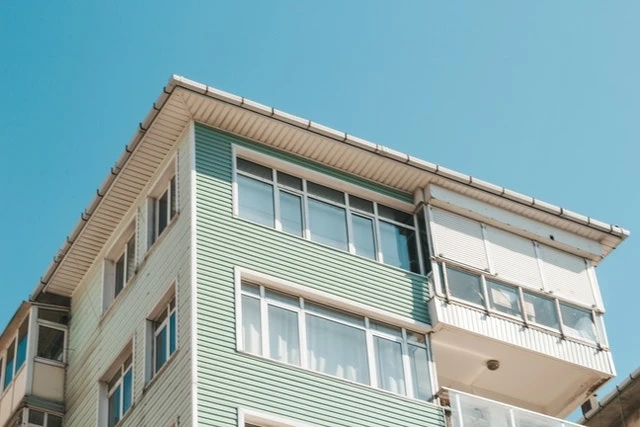Building repairs refer to repairs that need to be carried out on a property to ensure its structural safety. There are many different types of building repairs that can be undertaken on a property such as work to resolve problems surrounding dampness, drainage, electrical, plumbing, and subsidence as well as Barbon fibre wrapping .
Damp - The most common form of dampness is rising dampness. This occurs when moisture from the ground rises by capillary action and rises the walls of a property. This moisture will most likely carry salts, which are deposited on the face of the wall when the moisture evaporates.
Structural - When it comes to structural problems you will most likely start to notice problems with your roof, walls, or ceiling. You must look out for some other damages too like bulges, sways, leaning walls, and sagging roof titles.
Your roof is the best indicator that possible structural damage has occurred. You should look at the ridge of your roof and determine whether it is straight. If you notice that your roof sags in the centre or at the ends then the load-bearing walls may have shifted. From the exterior of your property, you should check either visually or with a carpenter's level that the walls are vertical/straight.
You also need to ensure that the structure meets its foundation to ensure the building hasn't shifted on its foundation. Whilst you are doing this you should also check for cracks in walls, especially around your windows and doors.
Subsidence - Subsidence is the downward movement of the bearing soil on which a building rests. It can cause cracks in brickwork, render, and plaster as well as window/door frame distortions and leaking/blocked drains.
Subsidence can happen due to several different reasons such as:
If previous mining activity has taken placeWhen houses are built on clay soils, and either the water table drops due to a long, dry spell or water is sucked out of the soilBy trees and bushes. As the clay contracts, it pulls the foundations, triggering deflection which may cause structural damage to buildings. Different types of clay shrink and swell at different ratesWater leaks into the soil from, for example, a broken drainpipe and washes soil away from the foundations. This happens to soils with a high sand or gravel content usually, or sometimes in chalk.The main evidence that subsidence has occurred is new/expanding cracks in plasterwork or outside brickwork if doors/windows are sticking for no particular reason or if any wallpaper in your property has started to ripple and hasn't been caused by dampness.
Most commonly, subsidence is due to the shrinkage of clay soils beneath the foundations. Shrinkage is usually caused by roots from nearby vegetation drying out the soil. Other causes include softening of the foundation soil.
If you start to notice any differences to the structure of your property as well as any cracks appearing in your walls, whether it be in the plasterwork or the brickwork of the property you should seek out a surveyor to find out the extent of the damage that could have potentially happened to your property.


